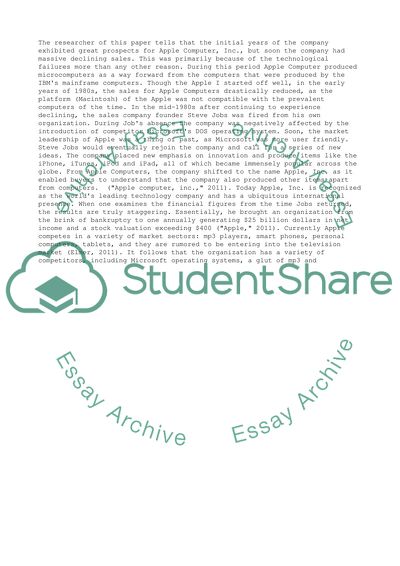Cite this document
(“Strategic Management and Leadership Report on Apple Inc Essay”, n.d.)
Retrieved from https://studentshare.org/management/1394271-strategic-management-and-leadership-report-on
Retrieved from https://studentshare.org/management/1394271-strategic-management-and-leadership-report-on
(Strategic Management and Leadership Report on Apple Inc Essay)
https://studentshare.org/management/1394271-strategic-management-and-leadership-report-on.
https://studentshare.org/management/1394271-strategic-management-and-leadership-report-on.
“Strategic Management and Leadership Report on Apple Inc Essay”, n.d. https://studentshare.org/management/1394271-strategic-management-and-leadership-report-on.


